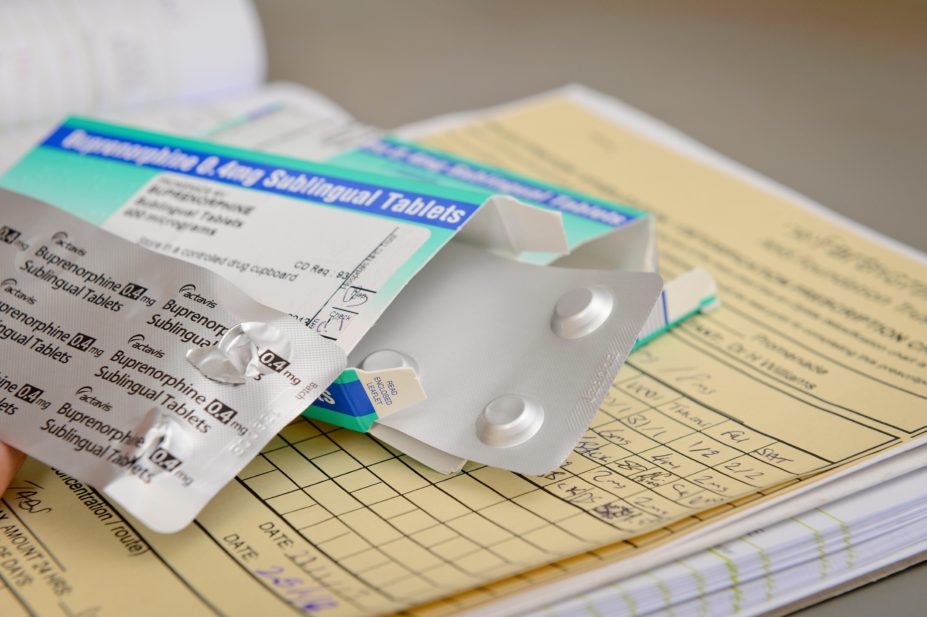
Jim Holden / Alamy Stock Photo
The benefits of delivering buprenorphine by subcutaneous implant, rather than by sublingual tablet, for the treatment of opioid dependence outweigh the risks, research published in BMJ Evidence Based Medicine (24 February 2020) suggests[1]
.
Researchers from the Drug Safety Research Unit (DSRU) in Southampton compared the relative risks and benefits of the two formulations as part of the implant’s licensing application to the European Medicines Agency.
They used a systematic, semi-quantitative benefit–risk tool and existing data from clinical trials and observational studies to show that the benefits of the implant outweighed its risks.
The benefits included improved compliance and reduced risk of illicit opioid use, while the risks included implant breakage or migration, infection at the insertion site or allergic reactions.
The researchers calculated that five people would need to receive the implant for one to benefit from improved compliance and convenience. By contrast, 200 people would need to receive the implant for one to experience a clinically significant implant breakage.
The researchers acknowledged that some of their analyses should be interpreted with caution because they did not account for the importance of each benefit and risk.
However, Saad Shakir, director of the DSRU, said the tool — known as the Benefit-Risk Action Team framework — provided more robust evidence than conventional methods.
References
[1] Osborne V, Davies M, Roy D et al. BMJ Evid Based Med 2020; In press. doi: 10.1136/bmjebm-2019-111295

